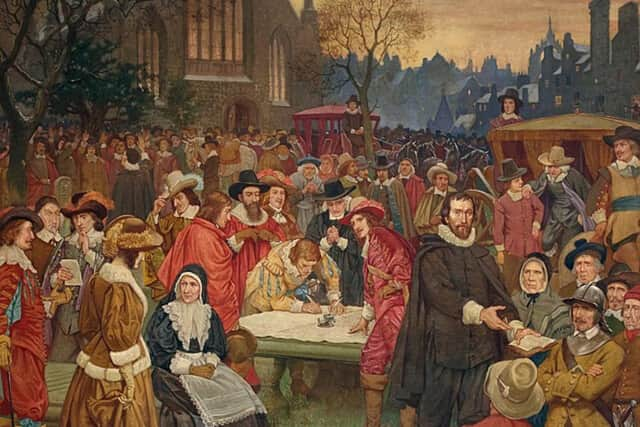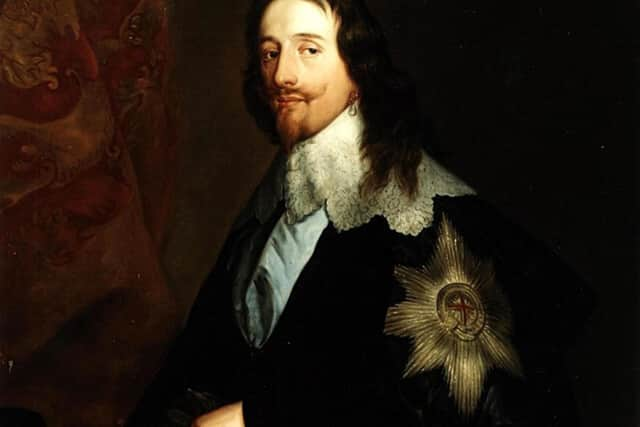On this day in 1638: National Covenant of Scotland doomed King Charles and changed Britain forever
When King Charles I took the throne, one of his many criticised moves was trying to convert the Scottish kirk into an English-style church. He did this by instituting a new Book of Common Prayer without consulting the National Assembly and this enraged the Scots who protested in widespread riots.
By 1638, churchmen assembled at Greyfriars Kirkyard in Auld Reekie (Edinburgh) and signed the National Covenant of Scotland or ‘solemn agreement’ which established their loyalty to the kirk and independence from Charles and England’s influence over the church.
Advertisement
Hide AdAdvertisement
Hide AdThe domino effect that ensued led to the demise of the King while changing Scotland’s fate.


What happened to King Charles I after the Covenant was signed?
King Charles I meddling in the Scottish church led to the Covenant and a call to arms. He saw it as treason and declared war on the Covenanters in a move that led to civil wars across Scotland, England and Ireland. The situation worsened soon after in England as a civil war broke out between Parliamentarians and Royalists with Oliver Cromwell leading the charge against the King.
He led his forces to important victories like the battle at Naseby in 1645 which helped to repel a Royalist invasion of Scotland. By 1646, Charles surrendered himself to a Scottish army, the Scots eventually decided to return him to London. Two years later, Charles was forced to attend a high court organised by his enemies where he refused to agree to a constitutional monarchy due to his belief in the “divine right of kings”.
Thus, early the following year in 1649 he was executed for high treason.


Where was the National Covenant signed in Scotland?
The National Covenant was signed at Greyfriars Kirk in Edinburgh, a location best known for the legend of a loyal dog called Bobby. The church celebrated its 400th anniversary in 2020 so its history boasts many other tales. Ironically, the graveyard was later turned into a prison for Covenanters after the Battle of Bothwell Bridge in 1679.
For over four months prisoners were held there without any shelter and fed by only scraps of bread, all dying either by malnutrition or execution.
Is the National Covenant on display in Scotland?
The Scottish Covenanter Memorials Association reports that as many as 50 copies of the Covenant were made to support signature collection, check their website for location details.
Comments
Want to join the conversation? Please or to comment on this article.
